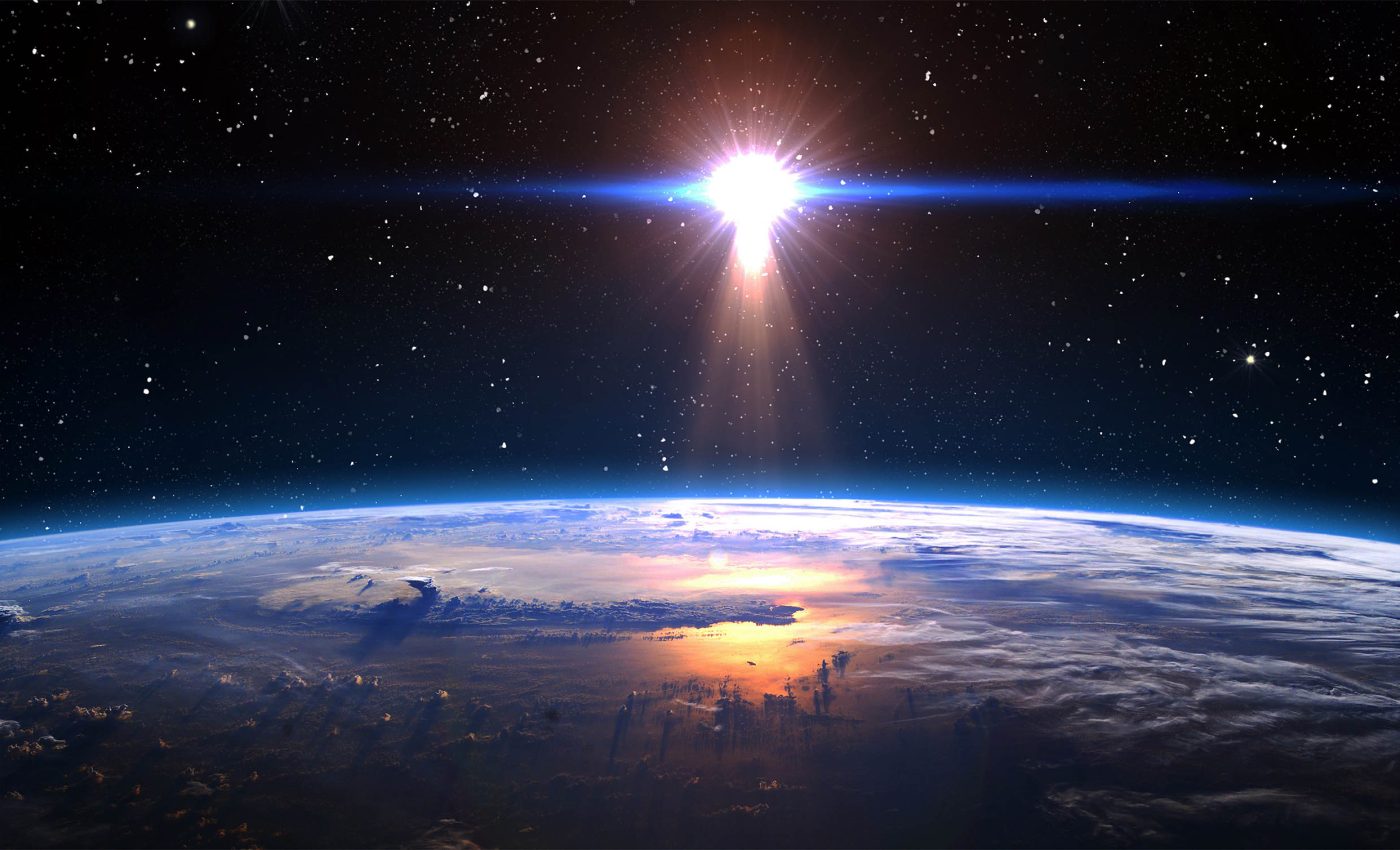
Earth is reflecting less and less sunlight back into space, and that's reshaping our climate
Earth has grown a full shade darker since 2001. In practical terms, the planet is reflecting less sunlight back into space than it used to, resulting in a change in climate.
After analyzing satellite data, a team led by Norman Loeb at NASA’s Langley Research Center in Hampton, Virginia, uncovered this previously unknown inequality between Earth’s northern and southern hemispheres.
The trend, measured between 2001-2024, matters not only because it nudges the global energy balance, but also because it isn’t uniform.
The Northern Hemisphere is dimming faster than the Southern – an imbalance that adds extra heat where ice and snow are already in retreat.
Small shift, big consequences
At the top of the atmosphere, Earth handles about 240–243 watts of solar energy per square meter.
Against that huge background, the researchers found a hemispheric divergence of roughly 0.34 watts per square meter each decade.
It sounds tiny, but climate change is a story of small, persistent numbers. An extra trickle of energy, applied year after year, can alter sea-ice seasons, snow cover, cloud fields, winds, and currents in ways that reinforce the original shove.
Historically, the two halves of the planet haven’t balance perfectly. The south tends to gain a touch more solar energy aloft; the north tends to lose a touch more.
Normally, the atmosphere and oceans ferry heat back and forth across the equator and smooth the difference.
However, over the last two decades, that conveyor hasn’t fully kept pace. The north’s darkening has outstripped the system’s ability to compensate.
Ice, snow, and the surface color
One driver is straightforward: reflectivity, or albedo. Bright surfaces – sea ice, snow, and some cloud tops – bounce sunlight back into space. Replace them with darker ocean or bare ground and more energy sticks around.
The Northern Hemisphere has seen pronounced declines in spring snow cover and summer Arctic sea ice.
Swapping white for dark doesn’t just absorb more light; it makes it harder for ice and snow to rebound the next season, a classic positive feedback.
Cleaner air, darker Earth
The atmosphere is the second driver. Water vapor and clouds influence how much sunlight gets reflected or trapped. But the clearest fingerprint comes from aerosols – the tiny particles that scatter light and seed cloud droplets.
In the north, aerosol pollution has dropped sharply thanks to tighter air-quality rules in North America, Europe, and parts of East Asia.
That’s a public health victory. It also means fewer particles to brighten clouds or scatter sunlight, leaving the hemisphere a bit less reflective.
By contrast, the south has had sporadic aerosol boosts from natural events.
Australia’s extreme bushfire seasons lofted smoke high into the atmosphere, and the Hunga Tonga-Hunga Ha‘apai eruption injected material that affected upper air reflectivity.
Those intense pulses temporarily restored a bit of “shine” in the south, widening the north–south gap.
Clouds can’t explain a darker Earth
It’s tempting to assume clouds will simply shuffle around and restore symmetry – more low clouds here, fewer there. The new work suggests that safety net has limits.
As sea ice retreats and aerosol levels shift, clouds do respond, but not perfectly and not always in ways that cancel the imbalance.
This finding matters for climate models, which need to capture how aerosols influence droplet formation, how cloud fields evolve over warmer, less icy oceans, and how those changes alter the planet’s overall reflectivity.
Subtle dark trends reshape climate
Climate warming is powered by a few sustained watts per square meter across Earth.
Layer a steady hemispheric tilt on top – less reflection in the north – and you influence where heat accumulates and how fast ice sheets, mountain glaciers, and permafrost respond.
No single year flips the system, but over decades, a quiet, persistent energy imbalance can reshape seasonal patterns, storm tracks, and regional extremes.
That’s why there’s no case for “brightening” the sky with pollution. Aerosols are short-lived – days to weeks – while carbon dioxide lingers for centuries.
Trying to prop up planetary reflectivity by tolerating dirtier air would cost lives and do nothing about ocean acidification or long-term greenhouse warming.
The practical path is already under way: keep cutting CO₂ and methane, keep cleaning the air, and keep sharpening our understanding of short-lived particles and clouds so forecasts of their effects continue to improve.
Watching Earth’s glow fade
The Arctic remains the bellwether. Sea-ice extent and thickness, the timing of spring snowmelt, and the evolving brightness of northern land and ocean surfaces will continue to shape the north’s albedo.
In the south, the occasional volcanic eruption or severe fire season will deliver temporary aerosol bursts.
Meanwhile, the oceans’ ability to ferry heat across the equator will be crucial; if the hemispheric split persists, models will need to lean harder into regional details, not just global averages.
The bottom line is simple: Earth is getting darker, especially in the north. That means a little more solar energy is sticking around each year.
It’s a quiet signal, not a blaring siren, but in climate terms, a quiet signal that never lets up can be just as powerful.
The study is published in the journal Proceedings of the National Academy of Sciences.
—–
Like what you read? Subscribe to our newsletter for engaging articles, exclusive content, and the latest updates.
Check us out on EarthSnap, a free app brought to you by Eric Ralls and Earth.com.
—–













